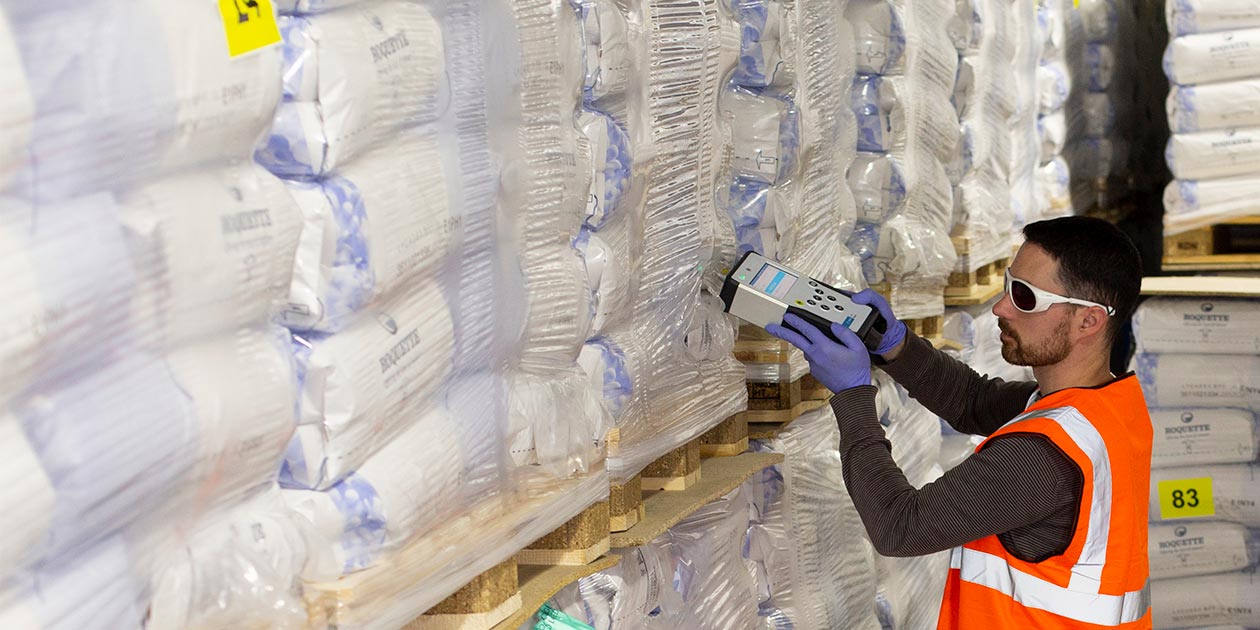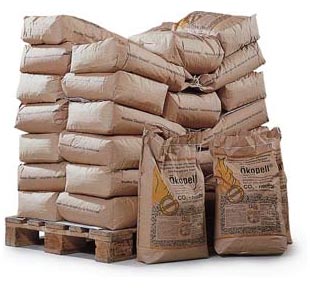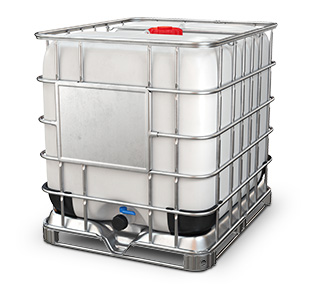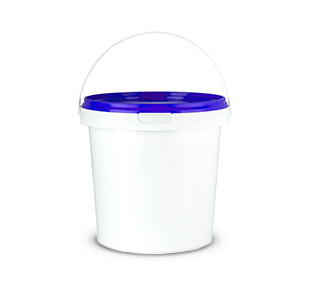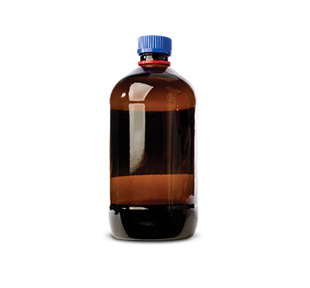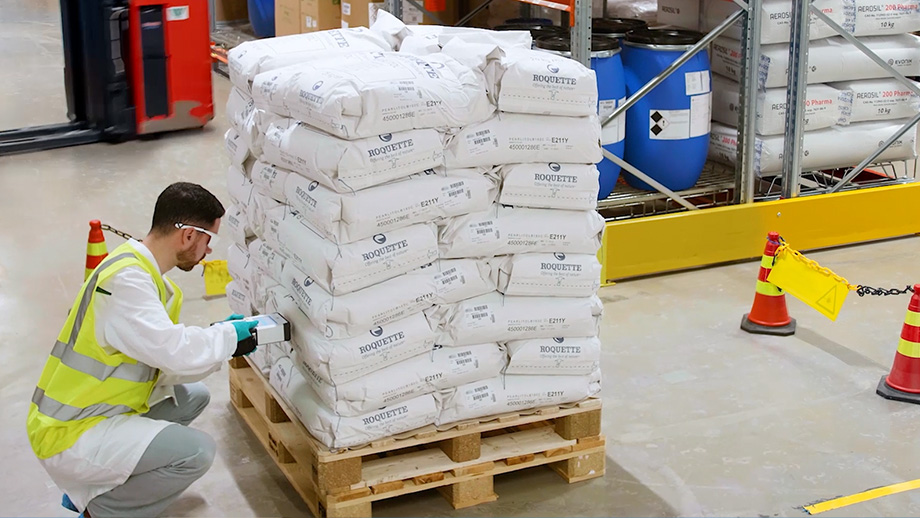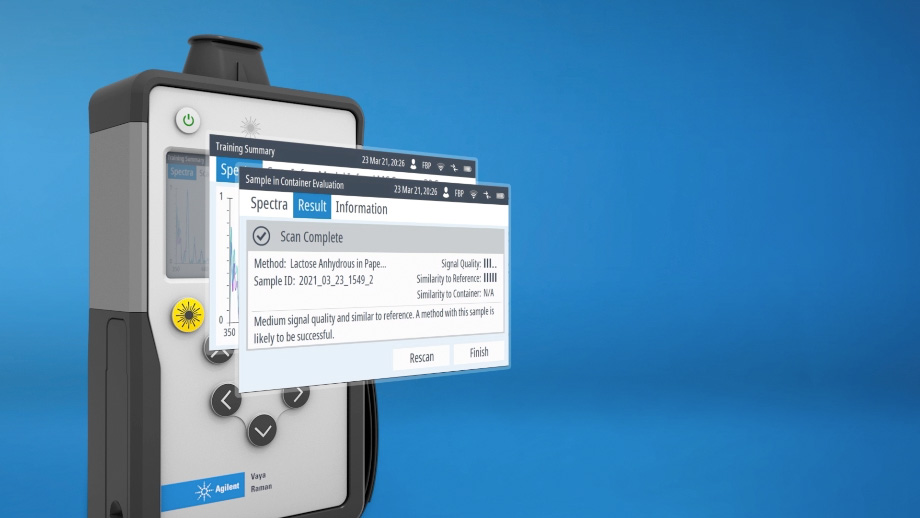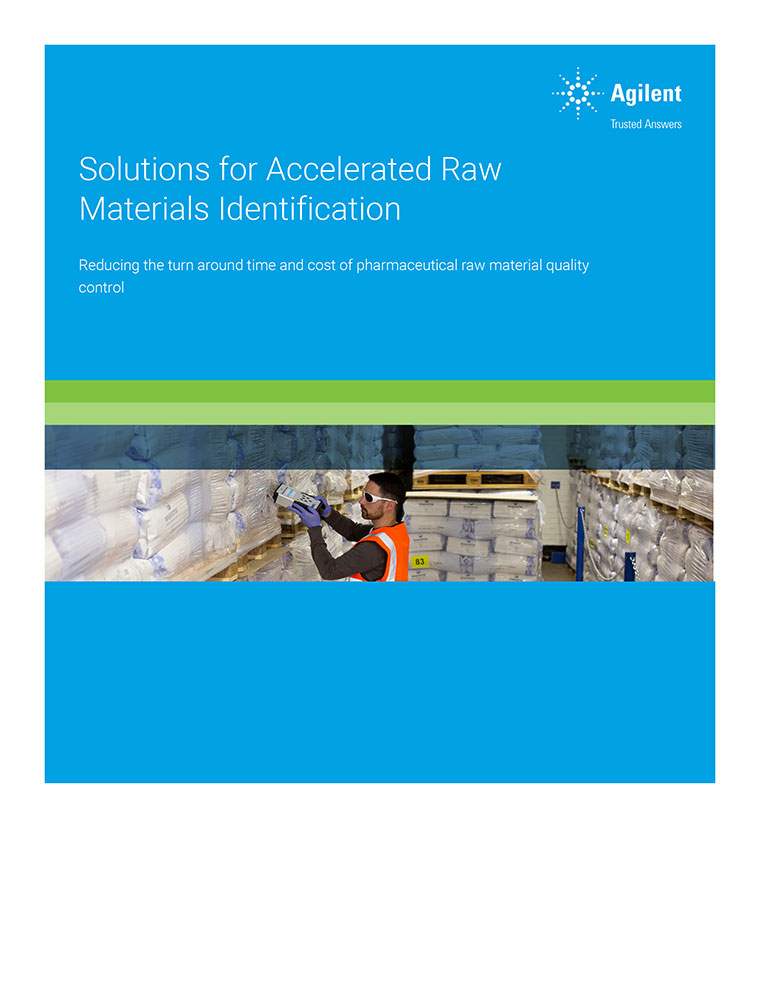Move from
Pallet to Production
50% Faster
Agilent Vaya handheld Raman spectrometer for raw material ID
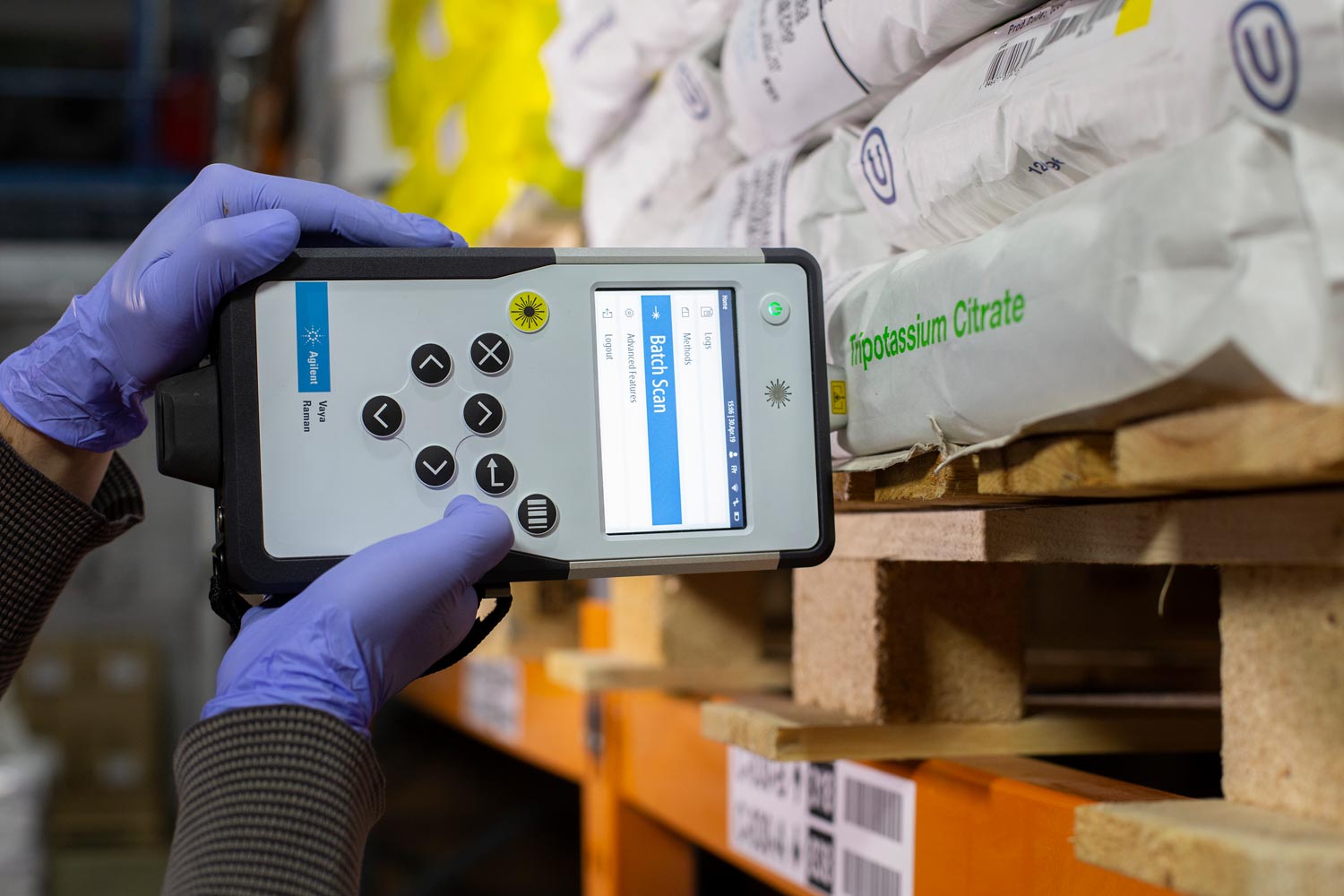
Streamline and speed up your warehouse receipt process while cutting costs
The Vaya handheld Raman spectrometer is a groundbreaking innovation for testing incoming raw materials. Using spatially offset Raman spectroscopy (SORS) technology, Vaya lets you examine the contents of transparent and opaque containers—without opening or moving them to a sampling booth. The potential impact on your quality control is staggering.
Use our calculator tool and see for yourself
Select your current material identification method and enter your typical batch quantities and the number of containers per batch. Based on your input, the process flow chart will automatically update to show the time expenditure differences between methods.
What materials work well with Raman?
Raman spectroscopy is based on the ability of the excitation source to induce a change in its electric dipole with respect to the vibrational and rotational state of the analyte. More simply, and as opposed to infrared spectroscopy where the presence of a simple dipole moment is required, the Raman relaxation phenomenon is based on the ability of the excitation source to induce a dipole within the analyte. The presence of covalent bonds is usually required for a Raman signal to be observed. Following the rules of mutual exclusion with infrared spectroscopy, transitions like C=C, C-C, or C-H—as opposed to transitions like C-O or O-H—will typically be intense in Raman spectroscopy. Rotational and vibrational transitions that are often large in Raman spectroscopy are typically weak in infrared spectroscopy (and vice versa).
What works well?
- Organic materials including active pharmaceutical ingredients, organic solvents, polymers, harmful narcotics, and explosives
- Polyatomic inorganics such as magnesium sulfate, sodium bicarbonate, titanium dioxide, and calcium phosphate
- Molecules containing only single bonds: C-C, C-H, or C-O (e.g., aliphatic, sugar, starch, cellulose)
- Highly polar small molecules such as ethanol
What does not work?
- Materials with no covalent bonds: purely ionic species (e.g., NaCl and KCl)
- Highly fluorescent samples including plant-based materials
- Black or dark-colored samples as the material may completely absorb the laser light
- Any substance with a weak Raman signal within the region being examined (e.g., water in the region 200 to 2,000 cm-1)
- Most metals and elemental substances
Related application notes
- Differentiating Biopharmaceutical Raw Materials Using Spatially Offset Raman Spectroscopy
- Rapid Identification of Polysorbates 20 and 80 Directly Through Amber Bottles
- Detection of Hazardous Narcotics and New Psychoactive Substances (NPS) with Agilent Resolve—A Handheld SORS System
- Explosives Detection Through Opaque Containers with Agilent Resolve—A Handheld Raman Analyzer
- Quantification of Tablets Containing Multiple APIs Using Transmission Raman
Select technique
- Handheld Raman
- NIR
- FTIR
Agilent Vaya process
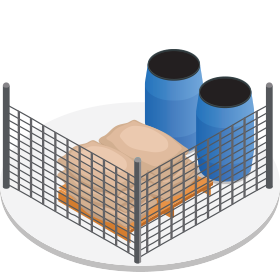
Move to quarantine
All arriving containers are moved to quarantine and a cursory inspection is performed.

ID testing in quarantine
Vaya identifies raw materials through secondary containers (opaque).
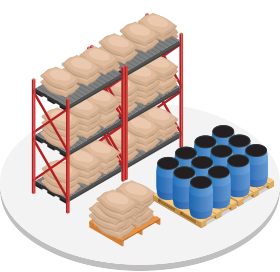
Move to production stock
After approval of analytical tests, raw materials are mixed with production stock.
Other process
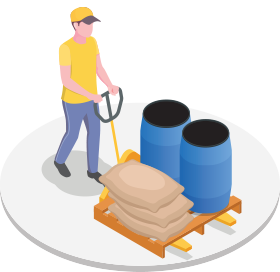
Move to sampling booth
A statistical sampling of the raw material containers to be tested are transferred to a sampling booth.

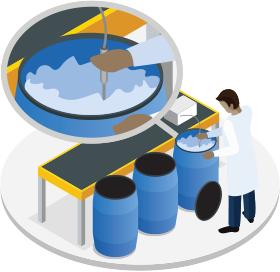
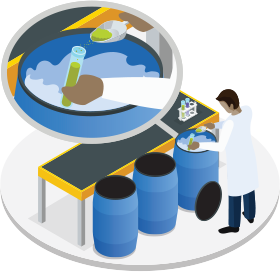
ID testing in sample booth
After opening the secondary (opaque) container, handheld Raman is performed through primary (transparent) containers.
After opening the secondary (opaque) container and the primary (transparent) container, the raw material is directly probed for NIR analysis.
After opening the secondary (opaque) container and the primary (transparent) container, samples are collected and taken to a QC lab for FTIR analysis.
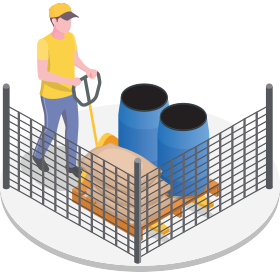
Back to quarantine
Once ID testing is performed, containers are resealed and transferred back to quarantine and the sampling booth is cleaned.
What does this mean for your operation?
Assumed 100% ID as opposed to statistical sampling.
Schedule your demo today
From clear glass vials to brown paper sacks, Vaya offers best-in-class identification testing for the fastest possible release to manufacturing. For an up-close look at this next evolution of handheld Raman technology, contact us to schedule your demo.
Contact us nowLearn more about increasing throughput without increasing costs
Discover the future of raw material verification
With a simple pass/fail result, Wi-Fi connectivity, and no need to open containers, Vaya boosts efficiency and confidence in your material testing. In this video, we’ll show you how intuitive menus and an onboard barcode scanner make sample identification a breeze.
A faster, easier way to validate incoming raw materials
This video demonstrates the speed and flexibility of the Vaya Raman system when compared to traditional raw material identification and verification. You’ll also learn how Vaya makes compliance simple, so you can increase your reach, not your cost.
Gain expert insights into raw material quality control
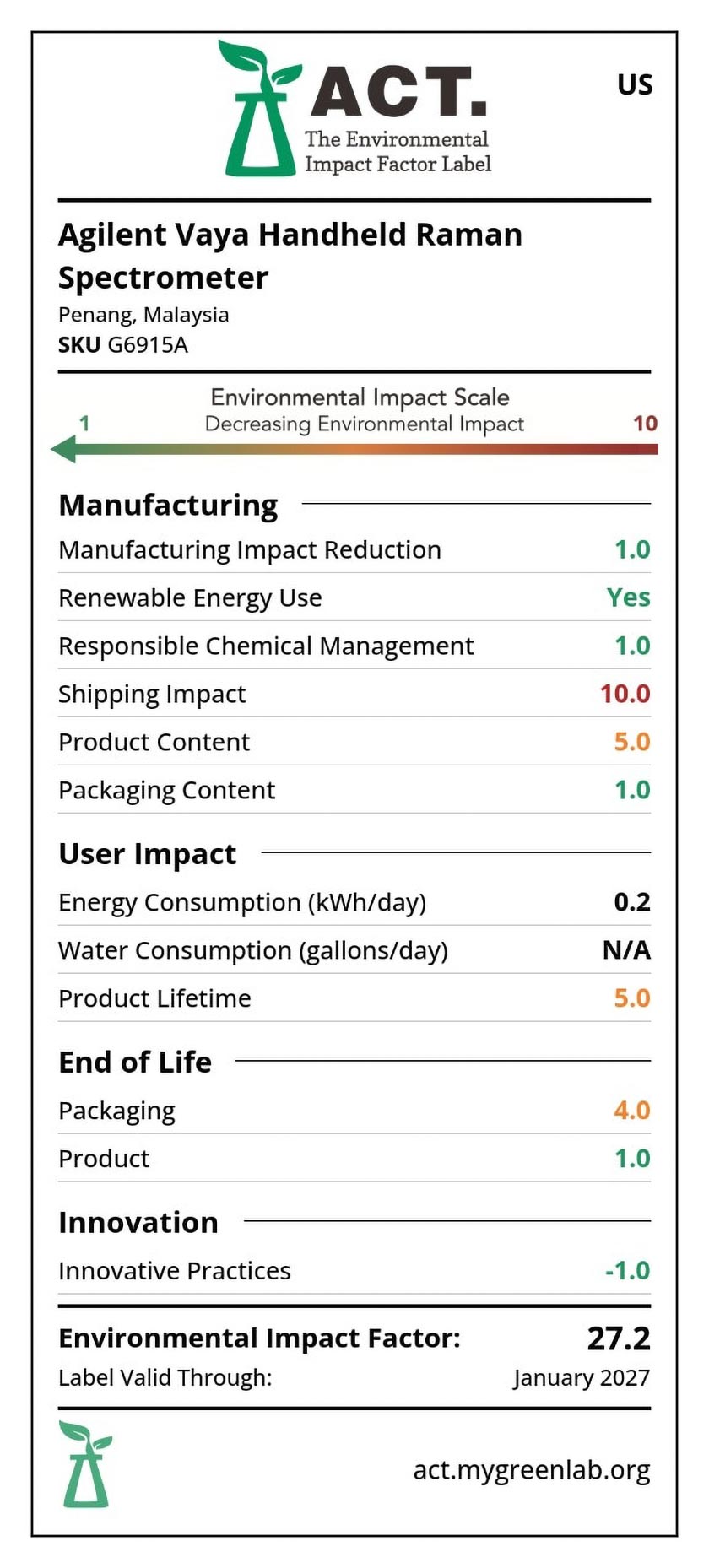
A sustainable choice for your lab
The ability of Vaya to identify raw materials through transparent and opaque containers reduces time and waste. What’s more, Vaya requires minimal energy use, downtime, and consumables.
Agilent has also partnered with My Green Lab to have the Vaya Raman system independently audited for their Accountability, Consistency, and Transparency (ACT) label.
Learn moreMore resources for raw material identification
White paper: Identifying raw materials through containers
Pharmaceutical manufacturers are under increasing pressure to achieve First Time Quality (FTA) while reducing costs. This white paper discusses how deploying a Vaya system simplifies and accelerates the verification of raw materials at receipt.
Download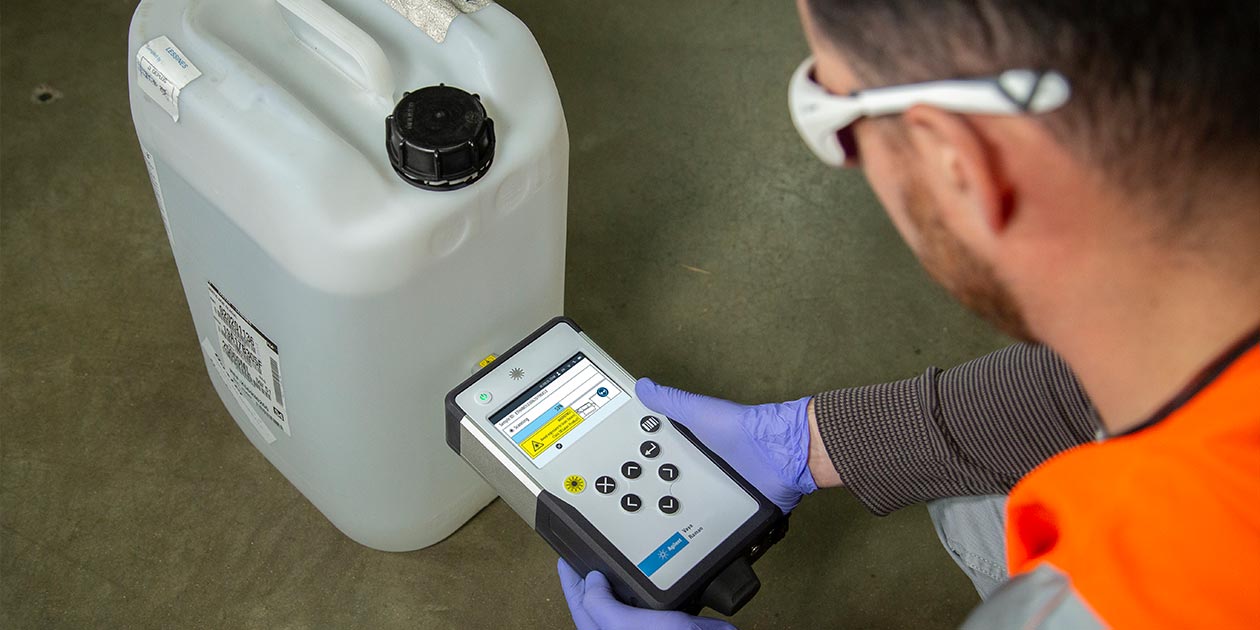
Application note: Verification of common stearates without complex chemometrics
This study shows that the Agilent Vaya handheld Raman spectrometer can identify metal stearates in their original packaging without the need for chemometric software packages. Vaya enables the selective verification of stearates using a two-criteria decision algorithm combined with the “Analogous Sample” software feature.
Download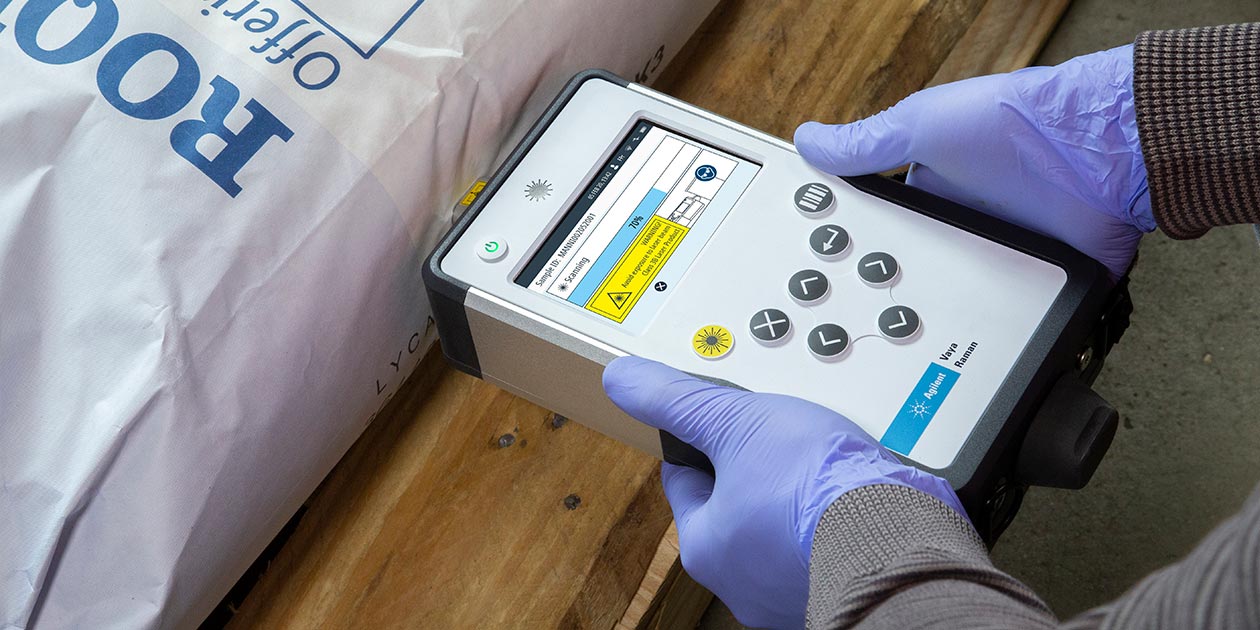
Application note: Opaque container analysis
Verifying raw materials directly through plastic barrels minimizes the need for specialized personnel or controlled sampling environments. This study demonstrates the through-opaque-container analysis capability of Agilent Vaya by measuring common excipients and active ingredients within blue barrels.
Download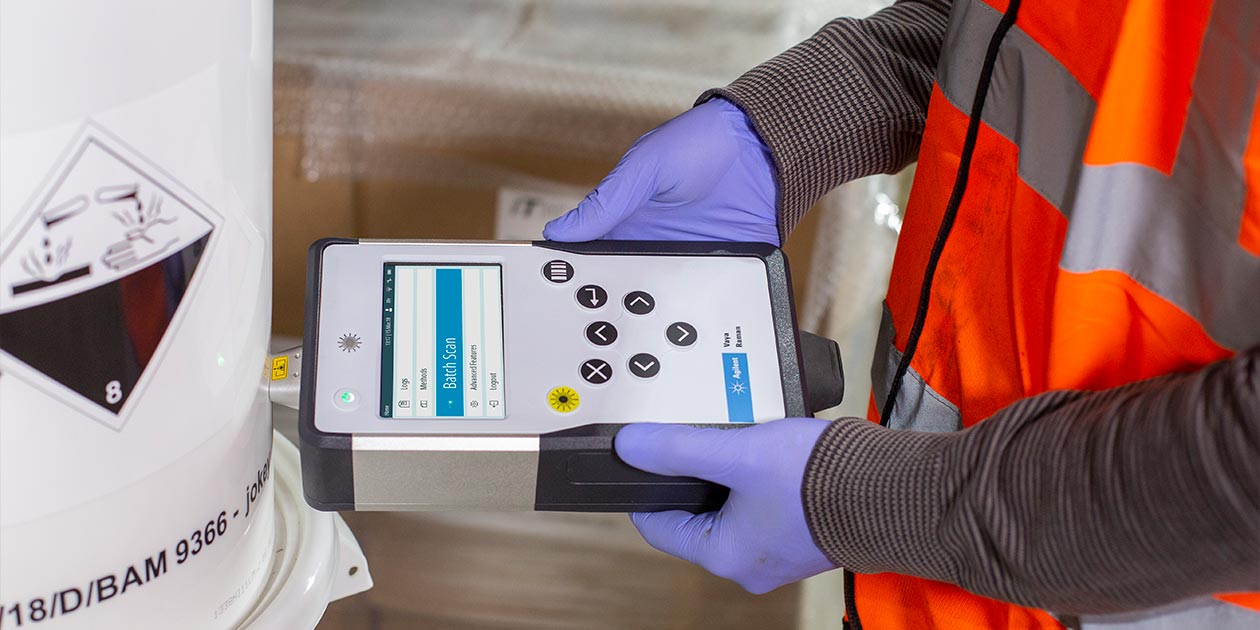
Application note: Identifying mRNA lipid nanoparticle components
Lipid nanoparticles (LNPs) are used as drug delivery systems for effective on-target payload delivery. This paper explores the implementation of the Vaya system for chemical ID verification and testing of mRNA LNP components through transparent glass and white opaque containers.
Download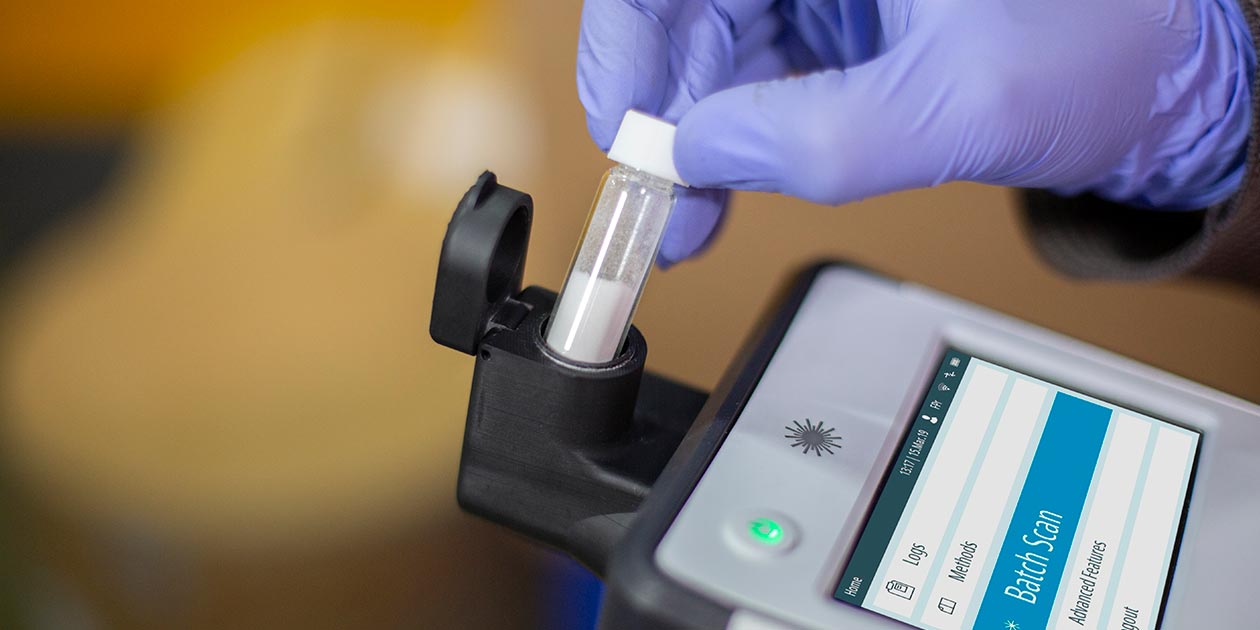
Application note: Polysorbates identification through amber bottles
Polysorbates are susceptible to degradation through hydrolysis or auto-oxidation when their storage bottles are opened. In this study, Agilent Vaya was used to identify and differentiate PS 20 and PS 80 through amber glass.
Download
Agilent Community Vaya user group
The Agilent Community is an online resource for helping each other succeed. It’s the place to seek your colleagues’ help with applications, instruments, and more—and to find in-depth content about topics relevant to your raw material analysis.
Join now